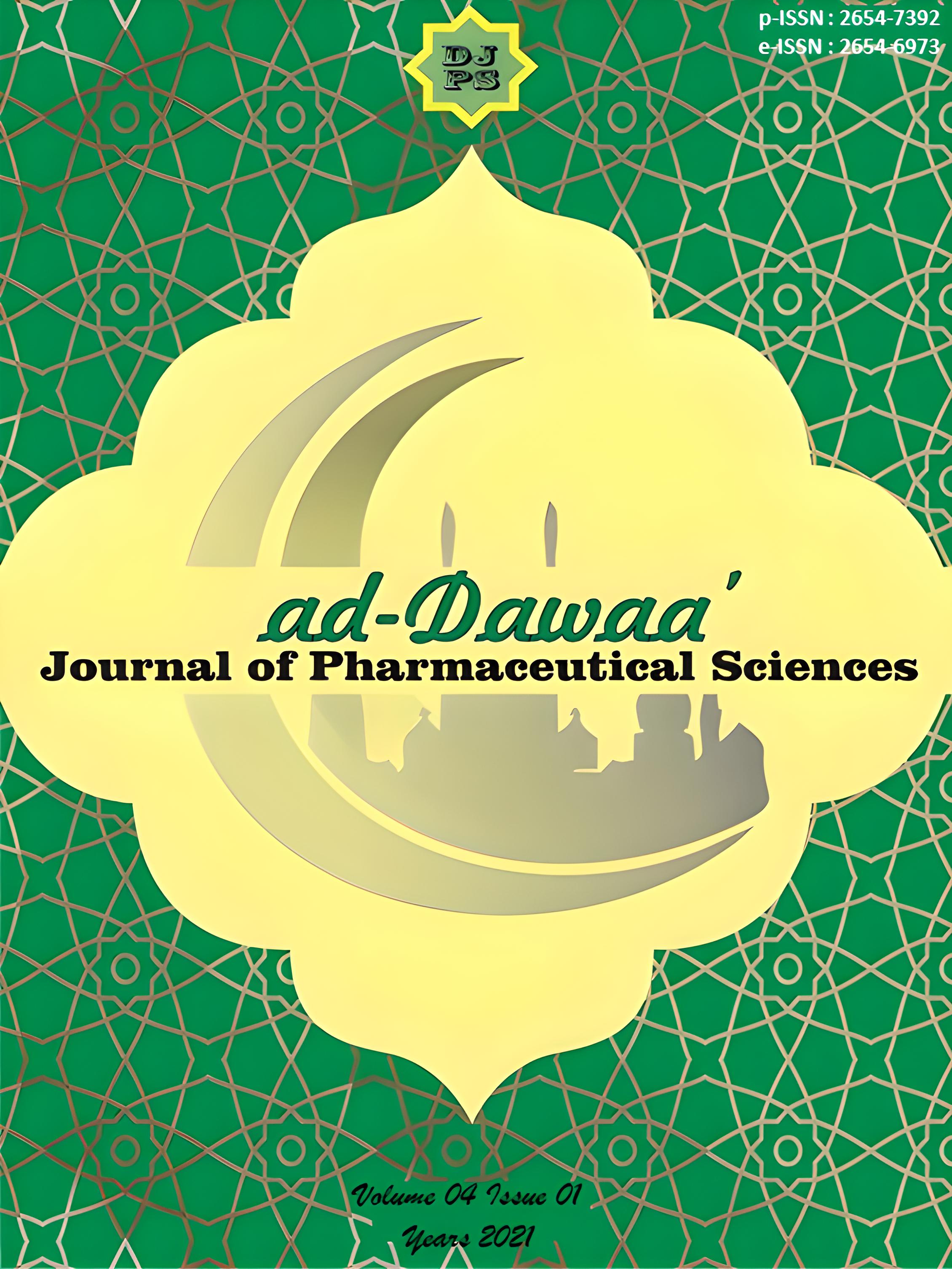Effect of Kombucha Tea on Total Cholesterol Decreasing Levels in White Rats (Rattus norvegicus)
Abstrak
The purpose of this study was to determine the type of content of 75% kombucha tea that is fermented for 12 days, there are black tea, green tea, and the packaged tea. Fifteen Rattus norvegicus was randomized divided into 5 groups and each group consisted of 3 rats. Group I or the negative control was given aquadest, group II was given kombucha packaged tea, group III was given black tea kombucha, and group IV was given green tea kombucha. Group V as a positive control was given simvastatin. All groups were injected with the samples solution orally. Evaluation of effects was carried out by observed the cholesterol total level before and after treatment. The results showed that all kombucha tea can reduced the total cholesterol level on rats (Rattus norvegicus). Conclusion: Data were analyzed using ANOVA followed by Duncan test with 95% confidence level using SPSS 20.0 software, results showed that black tea kombucha 1.8 mL of 75% concentration has an optimal reduced total cholesterol levels in rats (Rattus norvegicus).
##plugins.generic.usageStats.downloads##
Referensi
Alamsyah. (2006). Taklukkan Penyakit dengan Teh Hijau . Jakarta: Agromedia Pustaka.
Azrini Khaerah, Fauzan Akbar. (2019). Aktivitas Antioksidan Teh Kombucha dari Beberapa Varian Teh yang Berbeda. Prosiding Seminar Nasional LP2M UNM, 472-476.
Fajrin, Fifteen Aprila. (2010). Aktivitas Ekstrak Etanol Ketan Hitam Untuk Menurunkan Kadar Kolesterol. Jurnal farmasi Indonesia, 63-69.
Henry, N. (2008). Kombucha Teh Dengan Seribu Khasiat. Jakarta: Agromedia Pustaka.
Ketut Ita Purnama, et all. (2018). Pengaruh Jenis Teh Terhadap Karakteristik Teh Kombucha. ITEPA, 7(2), 1-10.
Maulina Nurikasari, et all. (2017). Characterization And Analysis Kombucha Tea Antioxidant. Journal of Global Research in Public Health, 2(2), 90-96.
Yuliana. (2014). Hepatoprotective Property of Kombucha Tea. Jurnal Ilmiah Kedokteran, 99-102.
Once an article was published in the journal, the author(s) are:
- granted to the journal right licensed under Creative Commons License Attribution that allows others to share the work with an acknowledgement of the work's authorship.
- permitted to publish their work online in third parties as it can lead to wider dissemination of the work.
- continue to be the copyright owner and allow the journal to publish the article with the CC BY-SA license
- receiving a DOI (Digital Object Identifier) of the work.


1.png)